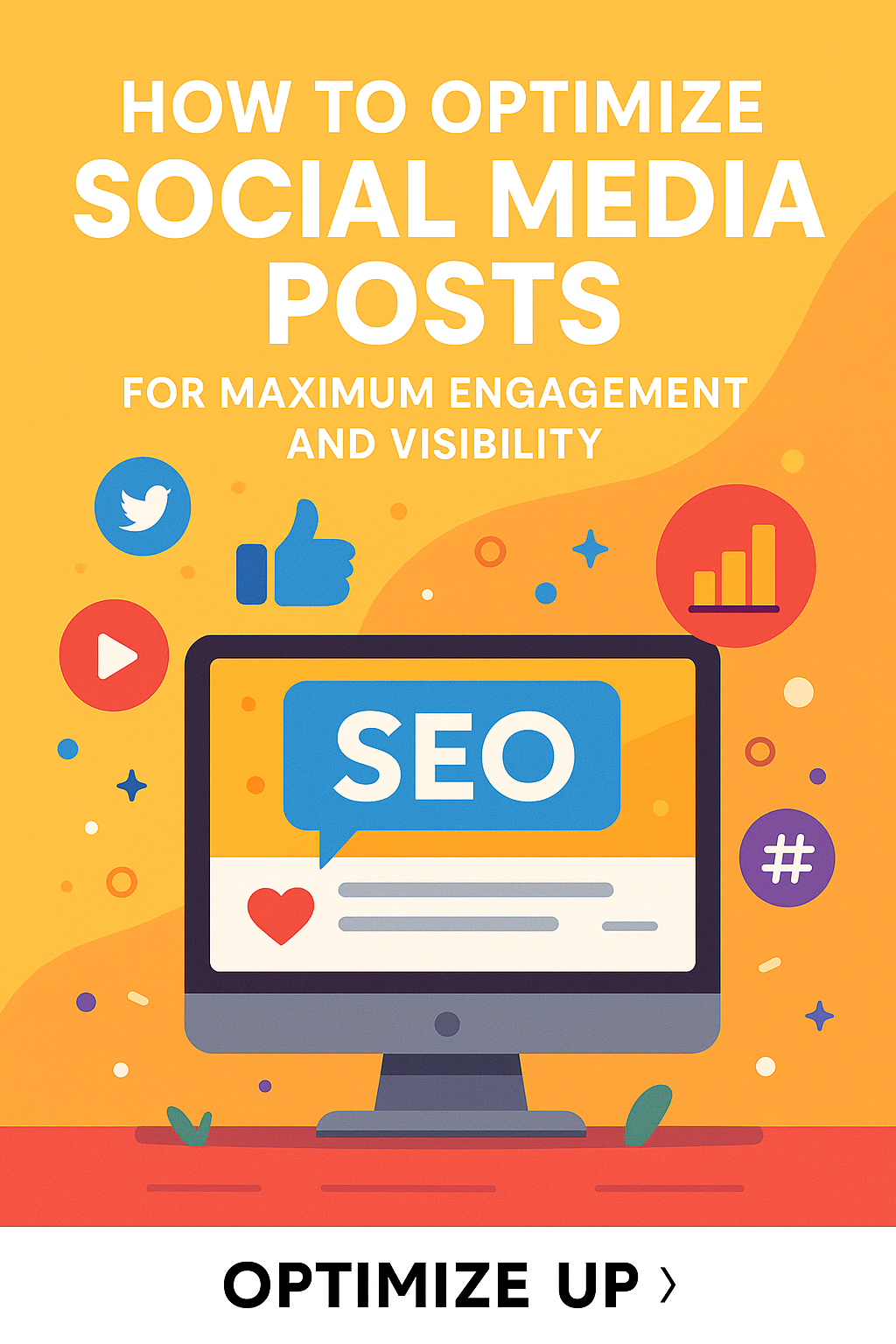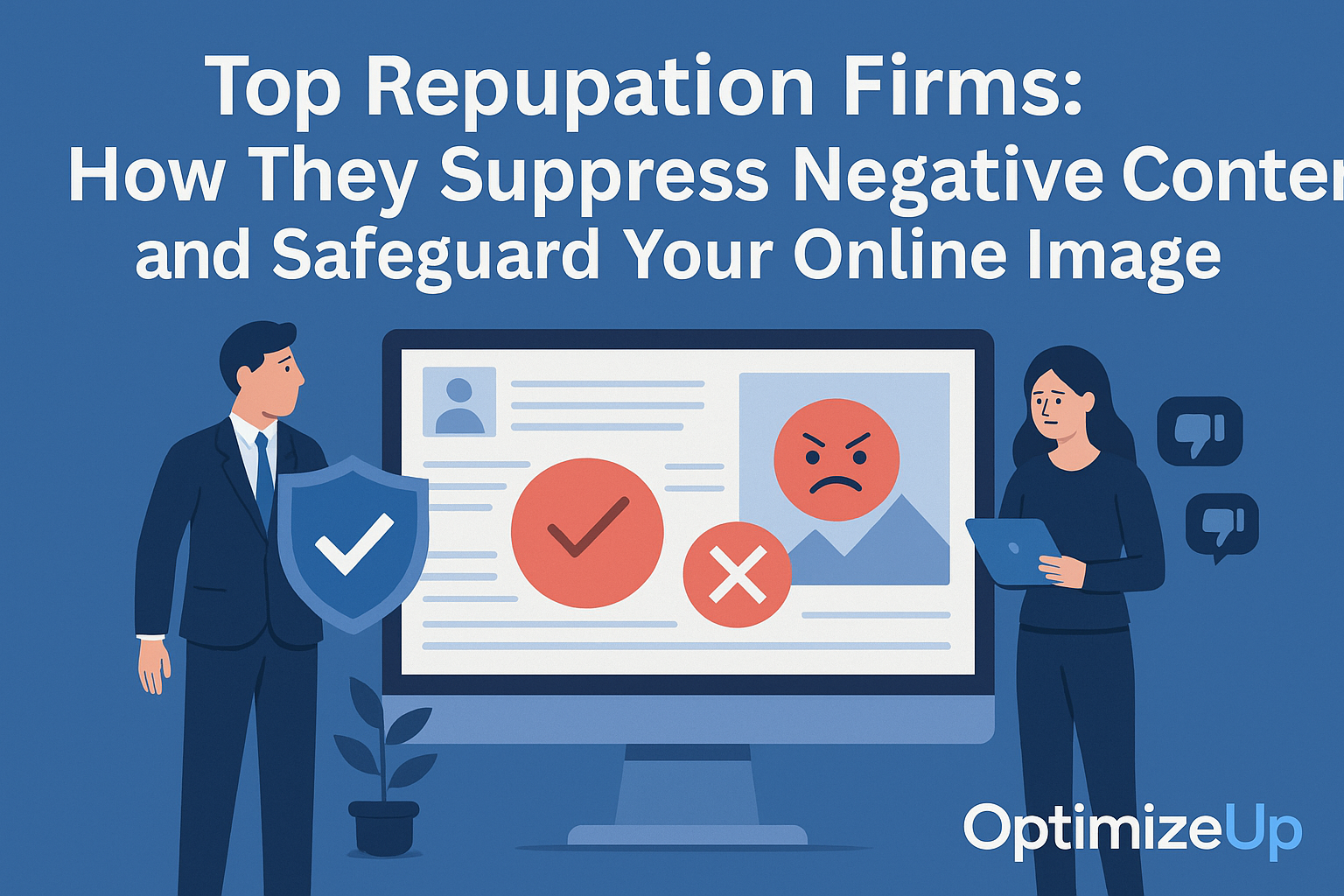Why Social Media Optimization (SMO) Matters
Every second, thousands of posts flood social networks. To stand out, you need more than good content—you need optimized content. SMO helps:
- Increase reach across platforms
- Improve organic engagement
- Boost post visibility via algorithm signals
- Drive traffic to your site or landing page
Social media optimization is the engine behind brand discovery and follower retention. Whether you’re a small business or global brand, you need SMO baked into every caption, hashtag, and image.
SMO is not just about feeding the algorithm—it’s about improving the user experience. When your content is tailored, relevant, and strategically placed, audiences engage with more intent.
Core Components of a Well-Optimized Social Post
1. Platform-Specific Formatting
Each platform has unique standards:
- Instagram: Focus on image quality, carousel formatting, and keyword-rich captions
- LinkedIn: Prioritize thought leadership and commentary-driven posts
- Twitter/X: Maximize engagement with polls, threads, and quote tweets
- Facebook: Use video thumbnails, emojis, and community-based hashtags
- TikTok: Capture attention in the first 3 seconds with hooks and music trends
Each platform also rewards different content formats. Carousel posts on Instagram can yield 1.4x more engagement, while native videos on LinkedIn perform 5x better than links to external content.
2. Attention-Grabbing Hooks
The first line matters most:
- Start with a bold question: “Do you know what your engagement rate is?”
- Use statistics: “93% of marketers say…”
- Try curiosity gaps: “The strategy we used to double reach in 3 days…”
Make your hook mobile-first. Most users only see the first sentence before clicking “more.” Keep it punchy, intriguing, and value-oriented.
3. Optimal Post Length
- Facebook: 40–80 characters perform best
- Twitter/X: Keep under 100 characters for retweets
- LinkedIn: 150–300 words for story-driven posts
- Instagram: 125 characters before the cutoff, but long-form captions perform well
Test what works best with your audience. Some communities prefer brevity; others favor nuance.
4. Call-to-Action (CTA)
Strong CTAs guide followers:
- “Save this post”
- “Tag someone who needs this”
- “Visit the link in bio”
- “Comment below if you agree”
Include only one CTA per post to avoid cognitive overload. Direct users clearly.
Visual Optimization for Social Engagement
Best Practices:
- Use bright, high-contrast visuals
- Add branded elements (logo, color palette, fonts)
- Include text overlays for silent viewing
- Optimize image ratios for each platform (e.g., 4:5 for Instagram)
- Maintain visual consistency across posts for brand recall
Video Optimization
- Add closed captions
- Start with a compelling hook (first 3 seconds)
- Use trending audio on platforms like TikTok and Reels
- Include a strong CTA in the last 5 seconds
- Keep videos under 60 seconds for Instagram and Facebook Reels
Short-form video dominates today’s platforms—make it thumb-stopping, snackable, and story-driven.
The Role of Hashtags and Keywords
Smart Hashtag Strategy
- Use niche hashtags (#EcoSkincareTips) to reach engaged audiences
- Mix high-volume and low-competition tags
- Use tools like Hashtagify or RiteTag
- Create branded hashtags to build community (e.g., #RunWithNike)
Keyword-Rich Captions
- Integrate target keywords naturally
- Use latent semantic indexing (LSI) variations
- Improve searchability on Instagram, LinkedIn, and Pinterest
- Test search-optimized copy vs. story-based copy for performance differences
Meta tags and alt text on images can also play a role in accessibility and visibility on Pinterest and Instagram.
Posting Time and Frequency
Best Times to Post (general trends)
- Instagram: Tues/Thurs 9 AM–11 AM
- LinkedIn: Tues/Wed 8–10 AM
- Facebook: Mon/Fri 1–3 PM
- Twitter/X: Weekdays 8 AM–10 AM
- TikTok: Evenings and weekends
Use tools like Later, Hootsuite, or SocialPilot to fine-tune posting times based on historical data.
How Often Should You Post?
- Instagram: 3–5 times/week
- LinkedIn: 2–3 times/week
- Facebook: Daily if possible
- Twitter/X: 2–3 posts/day
- TikTok: 3–5 videos/week
Consistency beats frequency. Establish a cadence that aligns with your team’s bandwidth and audience expectations.
Engagement Signals That Algorithms Love
To improve organic reach, platforms look for these signals:
- Likes and reactions
- Comments and replies
- Saves and shares
- Link clicks and swipe-ups
- Watch time (for video)
- Profile visits
Interactive Content Ideas:
- Polls and Q&A stickers
- “This or That” image choices
- Story quizzes and countdown timers
- “Tag your friend” prompts
- Swipe-through carousels with cliffhangers
Algorithms prioritize content that drives meaningful interaction—go beyond vanity metrics.
Analytics: What to Track & How to Improve
Core Metrics:
- Engagement Rate = (Likes + Comments + Shares) / Followers × 100
- Click-Through Rate (CTR)
- Reach vs. Impressions
- Follower Growth
- Share of Voice
- Story Completion Rate (Instagram/TikTok)
- Time on Post (Facebook and LinkedIn dwell time)
Tools to Use:
Benchmarks:
- 1–3% engagement is average
- 5%+ is strong
- Track metrics monthly, and use rolling averages for seasonal trends
A/B Testing and Content Experiments
Try these variables:
- Two versions of a hook
- Different CTA formats
- Image vs. video on same topic
- Emoji vs. no emoji
- Long caption vs. short caption
Test over multiple posts to ensure meaningful insights. Avoid changing too many variables at once.
Use tools like Agorapulse and Zoho Social for scheduling and post comparisons.
Optimized Up Solutions for Social Media Success
Optimized Up helps brands:
- Audit and improve social profiles
- Design branded visual templates
- Create keyword-rich content calendars
- Monitor reputation across all social platforms
- Implement algorithm-driven growth strategies
- Train teams on platform-specific best practices
Book a free SMO audit and discover how to turn your profiles into conversion machines.
FAQ: Social Media Post Optimization
It varies by platform. Keep it short on Twitter, but longer captions often perform better on Instagram and LinkedIn.
Absolutely. They help categorize your content and increase visibility to new audiences.
Instagram: 1080×1350 Facebook: 1200×630 LinkedIn: 1200×627 Twitter/X: 1200×675
Yes, but optimize it differently. Use a new caption, image, or angle.
Track engagement rate, reach, shares, and link clicks using native or third-party tools.
Yes. Tailor your content for each audience. A meme that works on Twitter might not resonate on LinkedIn.
MLA Citations:
Hootsuite. “How Often to Post on Social Media.” Hootsuite Blog, https://blog.hootsuite.com/how-often-to-post-on-social-media/
Sprout Social. “Best Times to Post on Social Media.” SproutSocial.com, https://sproutsocial.com/insights/best-times-to-post/
Later. “Instagram Caption Guide.” Later Blog, https://later.com/blog/instagram-captions/
Social Media Examiner. “How to Optimize Posts for Social Engagement.” SocialMediaExaminer.com, https://www.socialmediaexaminer.com/
Cornell University. “Social Media and Consumer Behavior.” Cornell Hospitality Report, https://sha.cornell.edu/





